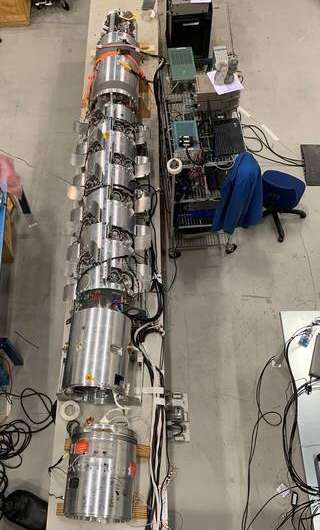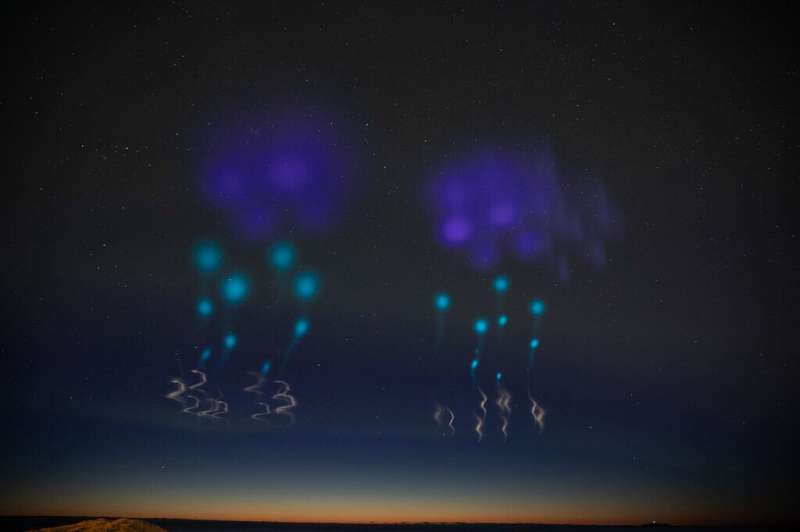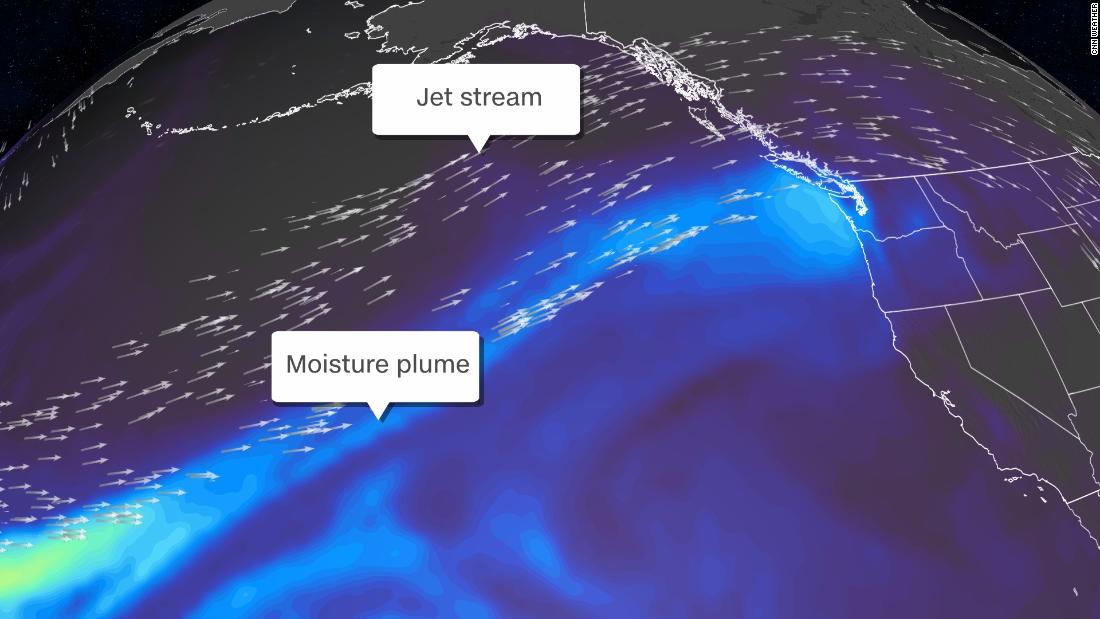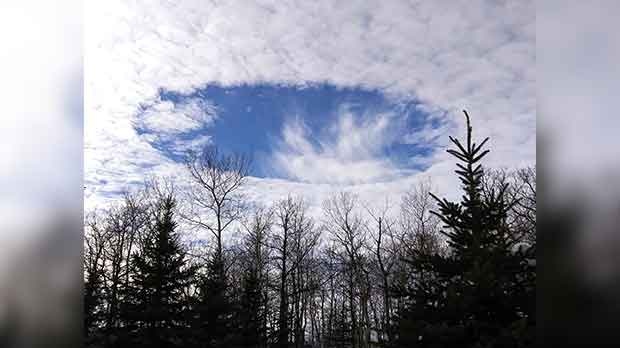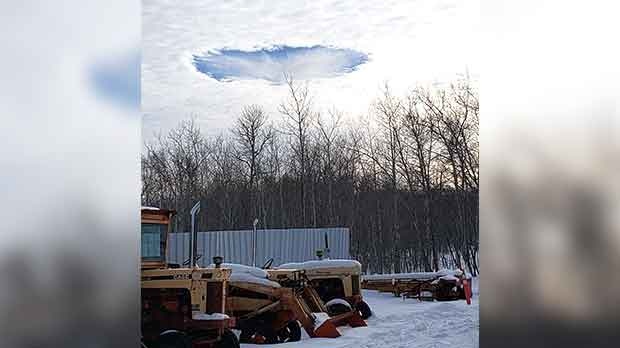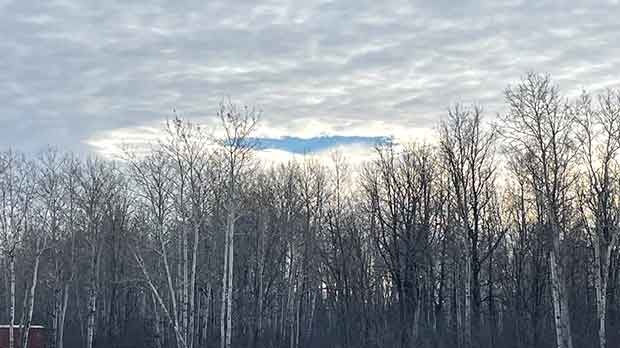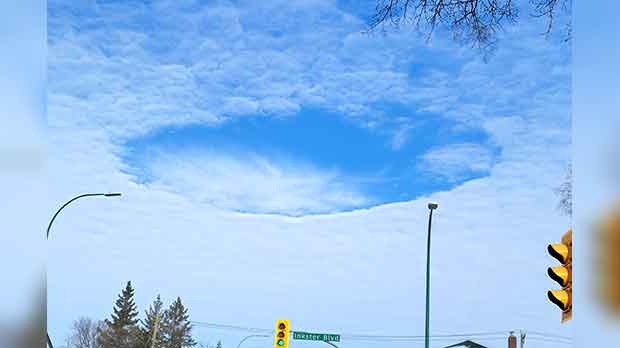
STOCKWELL DAY AND JASON KENNEY IN 2017, SHORTLY AFTER MR. KENNEY’S VICTORY IN THE CONTEST TO LEAD THE UNITED CONSERVATIVE PARTY
Alberta Politics
DAVID CLIMENHAGA
POSTED ON NOVEMBER 26, 2021
Two decades ago, Alberta taxpayers found themselves on the hook for more than $730,000 to settle a defamation suit against Stockwell Day, who had been an MLA when he wrote a letter to the editor of a newspaper in Red Deer that damaged the reputation of a lawyer in that Central Alberta city.
Could history repeat itself with the defamation suit against Jason Kenney that eight Canadian environmental groups have warned they will file immediately if Alberta’s premier doesn’t retract and apologize for remarks he made about them by next Tuesday, Nov. 30?

The late Ralph Klein, premier of Alberta (Photo: Premier of Alberta).
A haughty spirit goes before a fall, says the Bible, and the former evangelical assistant pastor who by late 2000 was leader of the Canadian Alliance Party in the House of Commons missed several opportunities to settle the defamation suit by the Red Deer lawyer and school trustee for considerably less money.
At the time these events unfolded, Mr. Kenney was one of Mr. Day’s key advisors and supporters in Ottawa.
It may have been pride that got in the way of Mr. Day doing the sensible thing – and, I daresay, the Christian thing as well – and quickly apologizing and retracting the words of his 1999 letter to the editor of the Red Deer Advocate in which he attacked the lawyer for doing his job and defending a previously convicted pedophile facing child pornography charges.
When he posted the letter, Mr. Day was the Progressive Conservative MLA for Red Deer North and Minister of Finance and Provincial Treasurer in premier Ralph Klein’s cabinet. But he was elected leader of the Canadian Alliance Party in July 2000 and won a seat in Parliament on Sept. 1 that year.
Whatever his motivation, when Mr. Day swallowed his pride just before Christmas 2000, the total cost of the settlement came to $792,064.40. That included damages of $60,000 to the plaintiff, the plaintiff’s legal costs of $246,000, Mr. Day’s own legal costs of $474,000, and an $8,725 fee for settling out of court.
The money to settle the suit came from the province’s Risk Management Fund, the CBC reported on Jan. 16, 2001. In the end, however, Mr. Day agreed to mortgage his house and ponied up the $60,000 for the damages himself.
It would have been a heck of a lot smarter just pay the $10,000 sought by the victim of his defamatory letter in the first place. “It would have cost an awful lot less if one of the earlier offers had been accepted,” observed Dave Hancock, who was the justice minister at the time. Premier Ralph Klein called the payout “obscene.”

Dave Hancock, justice minister of Alberta in 2001 (Photo: David J. Climenhaga).
Now, with eight Canadian environmental groups threatening to sue Premier Kenney for defamation and the Premier’s Office defiantly vowing to fight the suit, we could very well be facing a similar situation again.
Since it was his own words that got Mr. Kenney into trouble, not anything he was required to say to fulfill his duties as premier or even to campaign effectively for his party’s re-election, is he prepared to pledge not to make taxpayers pay his legal bills? Heaven knows, surely some Conservative lawyer would be willing to take the case pro bono, just for the bonus points!
Will he even do as much as Mr. Day did and agree to pay any damages for which he is held responsible?
Like Mr. Day, it’s quite possible that Mr. Kenney will no longer be premier of Alberta, or even an Alberta MLA, by the time this affair is settled. After all, it may be years before the matter gets to court, let alone is resolved.
And as with Mr. Day, it seems fair to argue Mr. Kenney was acting considerably outside his duties as an MLA or premier when he made the remarks that got him in hot water.
If he won’t agree to take responsibility for his own actions and the expense of defending them, will the Canadian Taxpayers Federation step up and condemn their former CEO for not paying his own legal bills, as the group complained about Mr. Day back at the start of the 21st Century?

Troy Lanigan, communications director of the Canadian Taxpayers Federation in 2001 (Photo: World Taxpayers Associations).
Troy Lanigan, then the CTF’s communications director, told media that the judge in the case should have been asked to decide whether it was appropriate for the Alberta Risk Management Fund to be used.
I don’t often agree with Mr. Lanigan, who was later president of the CTF and today runs the renamed Manning Centre in Calgary, which nowadays does business as the Canada Strong & Free Network, but he got this one right, morally if not legally.
He wrote to Mr. Hancock asking for a review of the decision, but the justice minister (later Alberta’s premier) blew him off.
Mr. Kenney might not be so lucky, one supposes, if another party is in office when this matter comes to a conclusion.
The Globe and Mail assailed the idea the public should pay for Mr. Day’s sins in an editorial. “When he wrote the letter, he was not acting in his capacity as treasurer, and there appears to be nothing in an MLA’s job description that covers maligning a lawyer. …”
The smart thing for Mr. Kenney to do would be exactly what the eight environmental organizations are demanding: to apologize and retract his statements.
We all know how likely that is to happen.
NOTE: I saw no benefit to the point of this commentary in naming the victim of Mr. Day’s defamation after all these years. It’s a matter of public record and in the links for those who just have to know.











